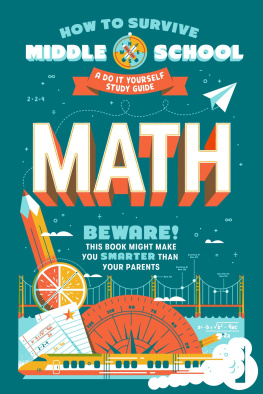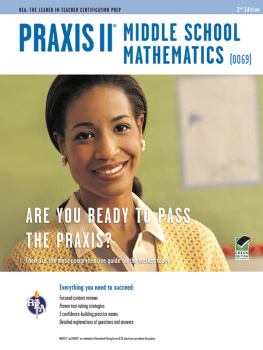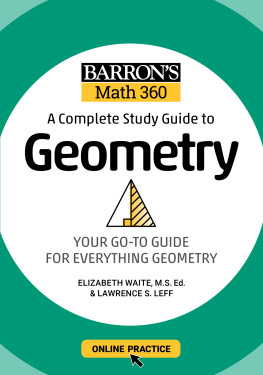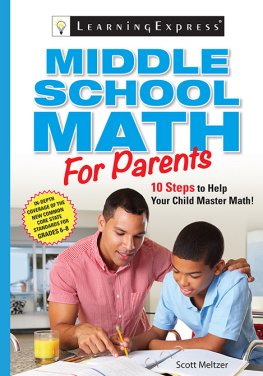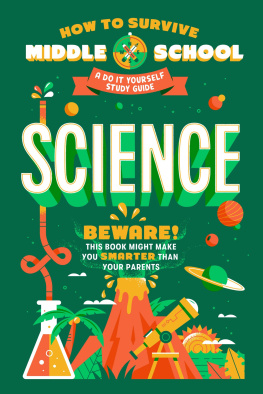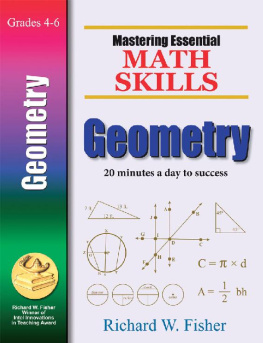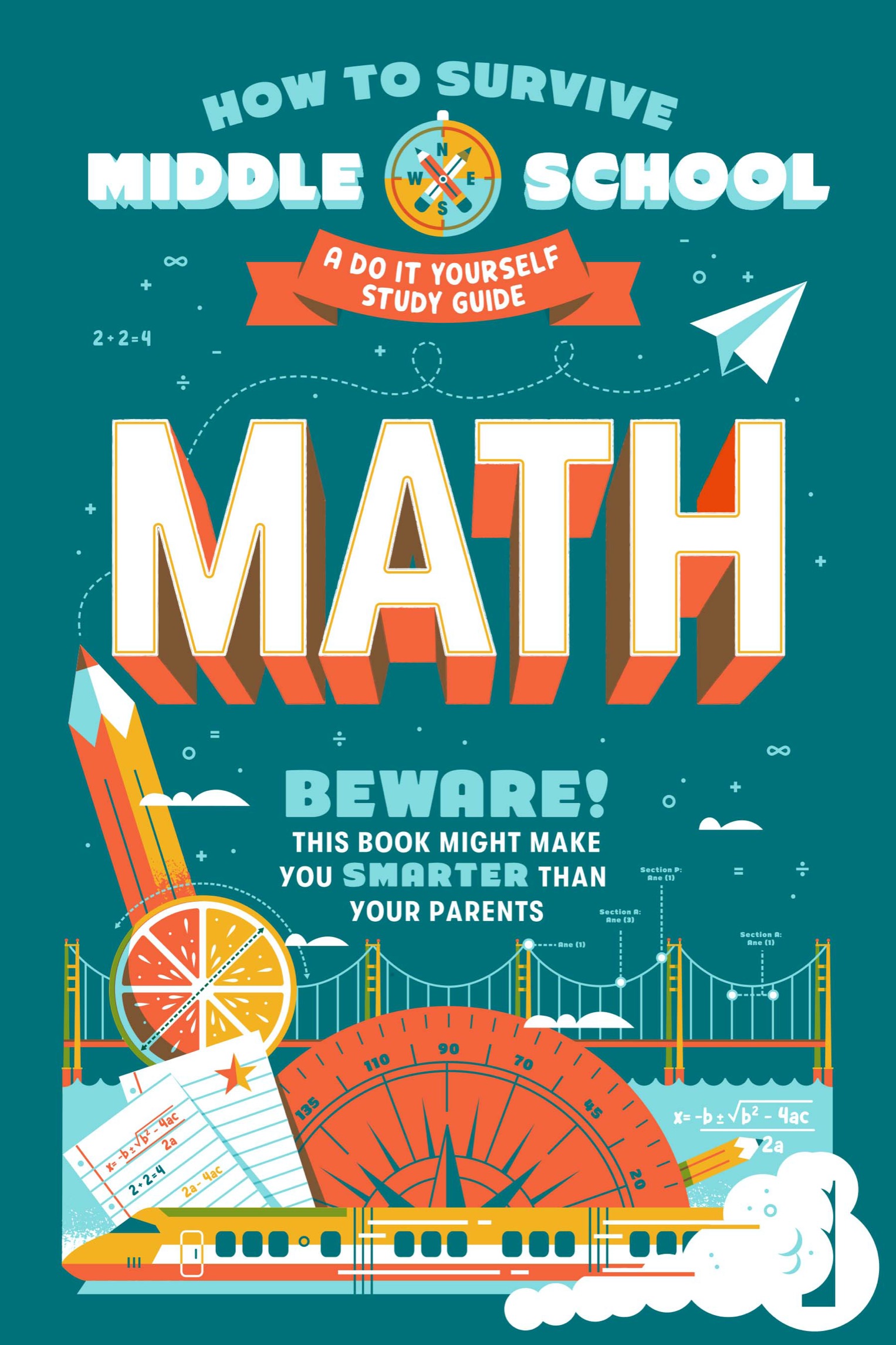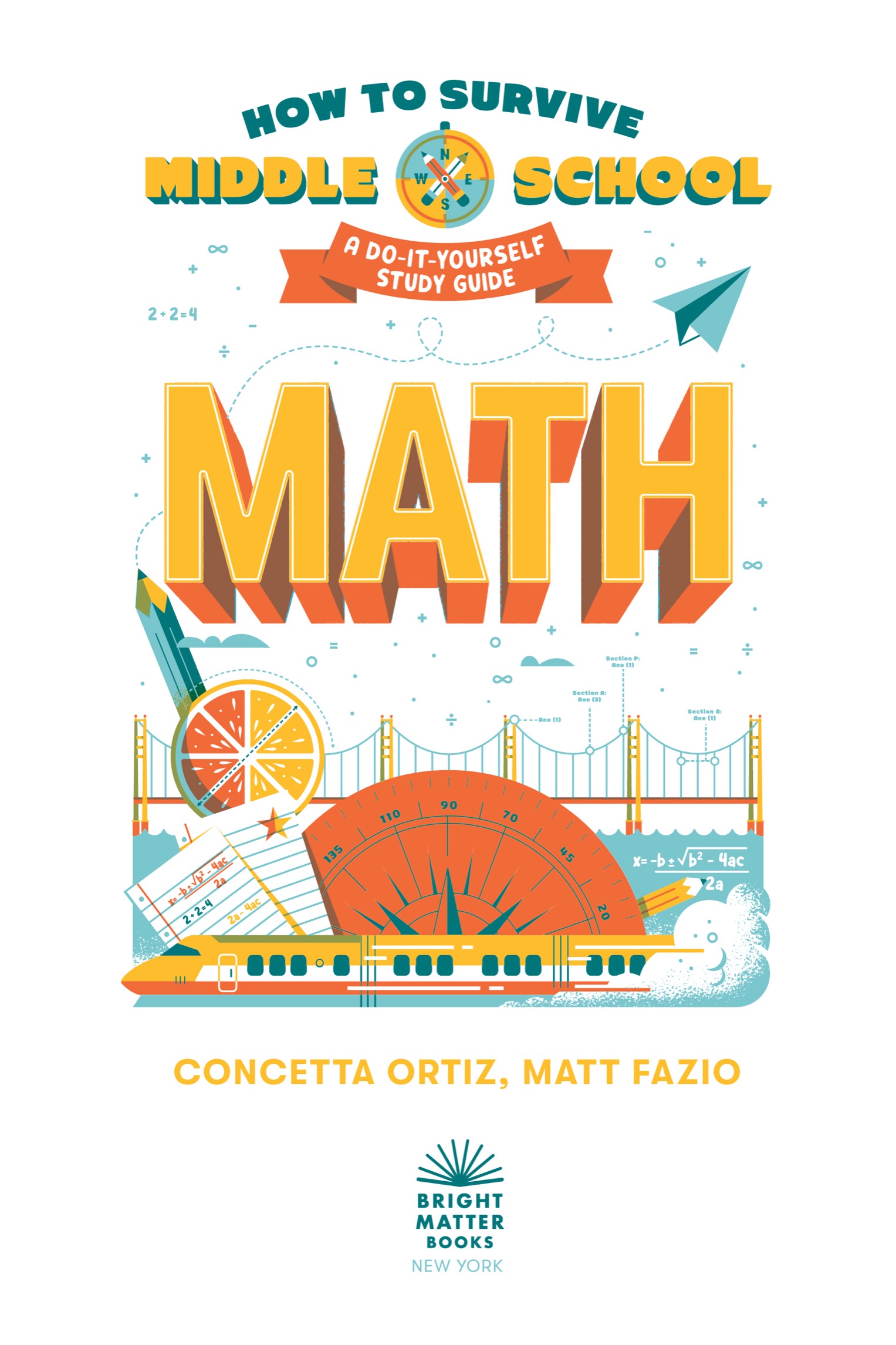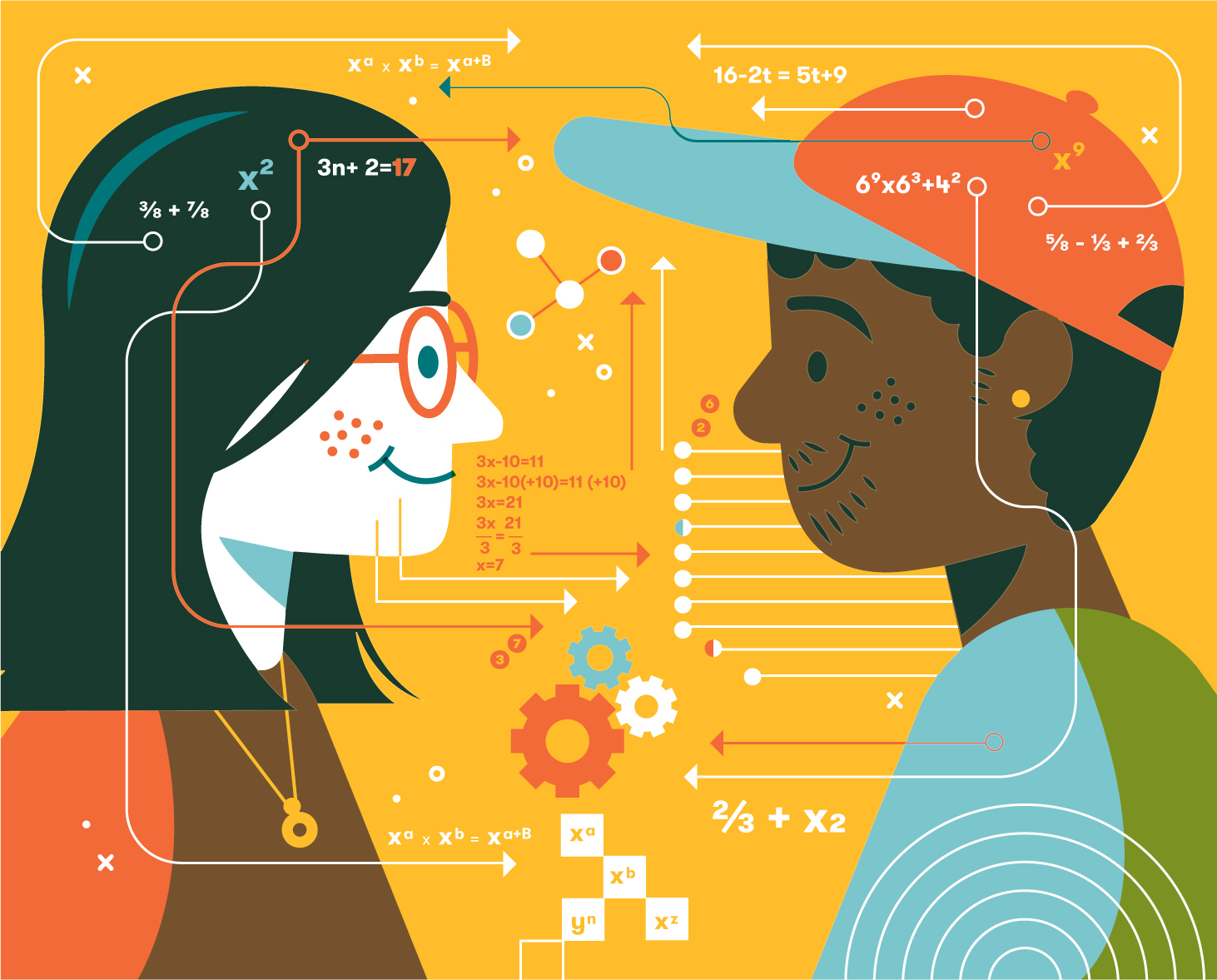Contents
Landmarks
Print Page List
Text copyright 2022 by Penguin Random House LLC
Cover art and interior illustrations copyright 2022 by Carpenter Collective
All rights reserved. Published in the United States by Bright Matter Books, an imprint of Random House Childrens Books, a division of Penguin Random House LLC, New York.
Bright Matter Books and the colophon are registered trademarks of Penguin Random House LLC.
Visit us on the Web! rhcbooks.com
Educators and librarians, for a variety of teaching tools, visit us at RHTeachersLibrarians.com
Library of Congress Cataloging-in-Publication Data is available upon request.
Trade Paperback ISBN9780525571414
Ebook ISBN9780525571469
Random House Childrens Books supports the First Amendment and celebrates the right to read.
Penguin Random House LLC supports copyright. Copyright fuels creativity, encourages diverse voices, promotes free speech, and creates a vibrant culture. Thank you for buying an authorized edition of this book and for complying with copyright laws by not reproducing, scanning, or distributing any part in any form without permission. You are supporting writers and allowing Penguin Random House to publish books for every reader.
Writers: Concetta Ortiz, Matt Fazio, Sarah Cisneros, Ilse Ortabasi
Curriculum Consultant: Kimberly Coniglio
Sideshow Media Editorial and Production Team: Dan Tucker, Liz Dacey, Julia DeVarti
Penguin Random House Publishing Team: Tom Russell, Alison Stoltzfus, Brett Wright, Emily Harburg, Eugenia Lo, Katy Miller
Produced by Sideshow Media LLC
Illustration and Design by Carpenter Collective
a_prh_6.0_139899382_c0_r0
TABLE OF CONTENTS
MATH AND THE REAL WORLD
CHAPTER CONTENTS
As humans, we naturally want to describe the world we live in and all of the experiences we go through. Thanks to our five senses (touch, taste, smell, sight, and sound), we provide our brain with inputs. When we pause and look at those inputs, we learn things and develop new knowledge. Through this process, humanity has been able to establish the laws of math. These laws help us look at everything, from the stars in the sky to the invisible cells in our bodies.
MATHEMATICS HELPS US MAKE SENSE OF THE WORLD
Through mathematics:
meteorologists describe and predict weather
chefs prepare and cook food
scientists evaluate experiments
architects design homes and buildings
computers perform billions of computations per second
astronomers make calculations that allow them to understand the dimensions of our solar system and hypothesize about the origins of the universe
We measure, organize, and communicate using number systems. In this way, all math is real. Even parts of the real world that dont seem related to math are better understood using this core. For example: What are your top five favorite movies, in no particular order?
MAKING SENSE OF THE MOVIES
Based on your movie preferences, you probably have a short list of favorites. If you want to rank the movies in order, youll end up using principles of math.
How so? Well, lets say you use categories to help compare the movies. You decide to consider each movies story, characters, visual design, etc. For each category, you assign a score out of 10.
MOVIE TITLE |
|---|
Story | __/10 |
Characters | __/10 |
Visual Design | __/10 |
The scores express, in number form, your feelings about each movies category. Afterwards, you could add up each movies scores, compare the totals, and see how they ranked. In this system, math structures help you better express your experiences with your favorite movies. So, although math can sometimes seem difficult, its a natural and helpful part of our world. Its found in everythingincluding the things we love.
THE PURITY OF MATH
Theres a purity and trust in math. Its comforting to know if you follow maths rules, you can rely on the answer. Although the answer can sometimes be No Solution or False, at least you can trust the result. In this way, math inspires confidence.
The word confidence comes from the Latin confidere. Its prefix con- means with and suffix -fidere means trust.
When we develop confidence with a subject like math, were relating to it with trust.
For example, if youre working as a carpenter, how would you know to trust your measurements and calculations? Well, if the ramp youre building successfully reaches the front door, youre correct. If it doesnt, youre incorrect. Theres no confusion or uncertainty; you can trust the results. Also, its important to note these results will be the same for any carpenter anywhere in the world. It doesnt get any more pure and real than that!
HOW TO THINK LIKE A MATHEMATICIAN
Different people may use different symbols, but at its core, the language of math is always the same. As with any language, you must be fluent if you want to think in math. In its own way, math has an alphabet and rules that allow you to build its own words, phrases, and sentences. So, its important to practice reading, writing, and speaking math.
TALK IT OUT
It might sound silly, but verbalizing a math problem (saying it out loud) can help interpret the situation. As your brain focuses on how to say what youre seeing, it will help you focus on the details. You may have to do this internally if youre taking a quiz in class, but the effect is the same.
DRAW IT OUT
Sometimes its helpful to draw a picture to help make sense of a problem or use colors to help organize information. This strategy can be helpful in finding patterns and connections.
LOOK IT UP
If you dont know the name of a symbol or the meaning of a word, take a moment to look it up. Often, the name of the symbol will tell you a key part of its function, so its important to know what its called. If you have difficulty with new vocabulary, remember practice makes better! Using study methods like flashcards or reviewing with a friend can help train your brain.
HAVE AN APPROACH
There may be times when you read a problem and youre not sure where to start. When approaching math situations, it helps to consider the following:

